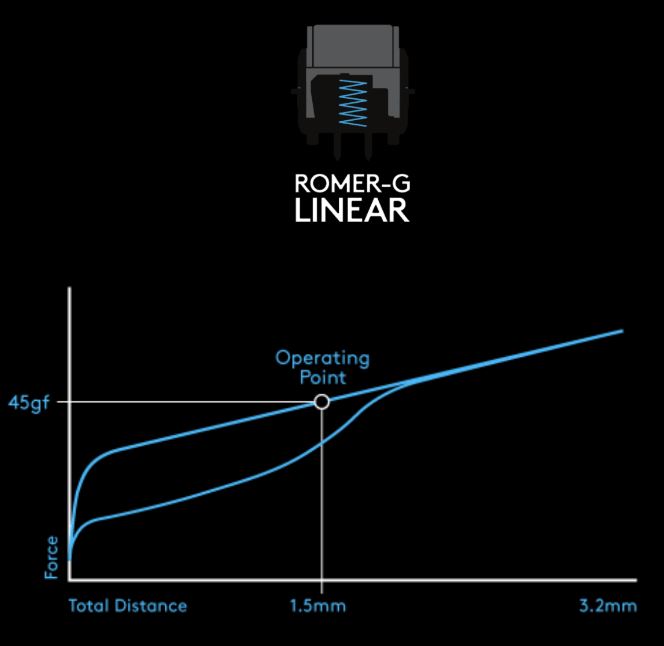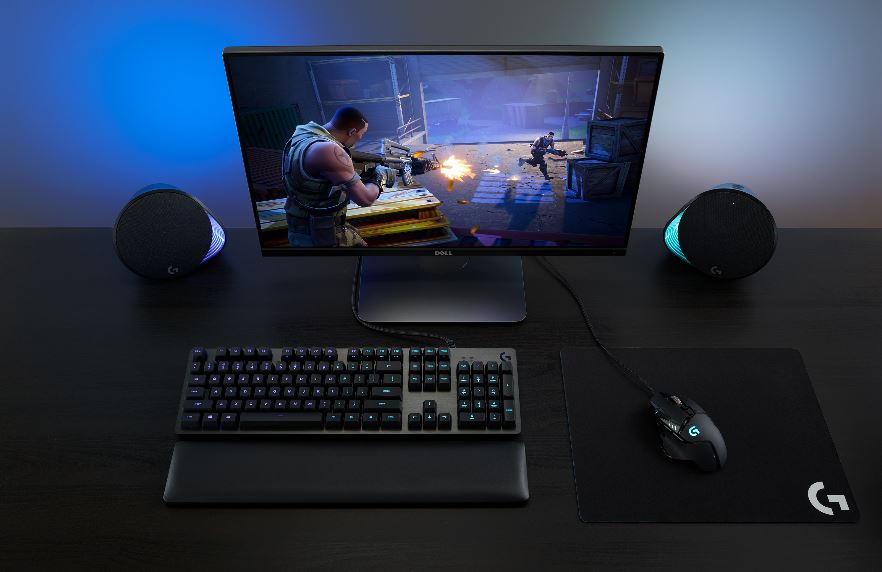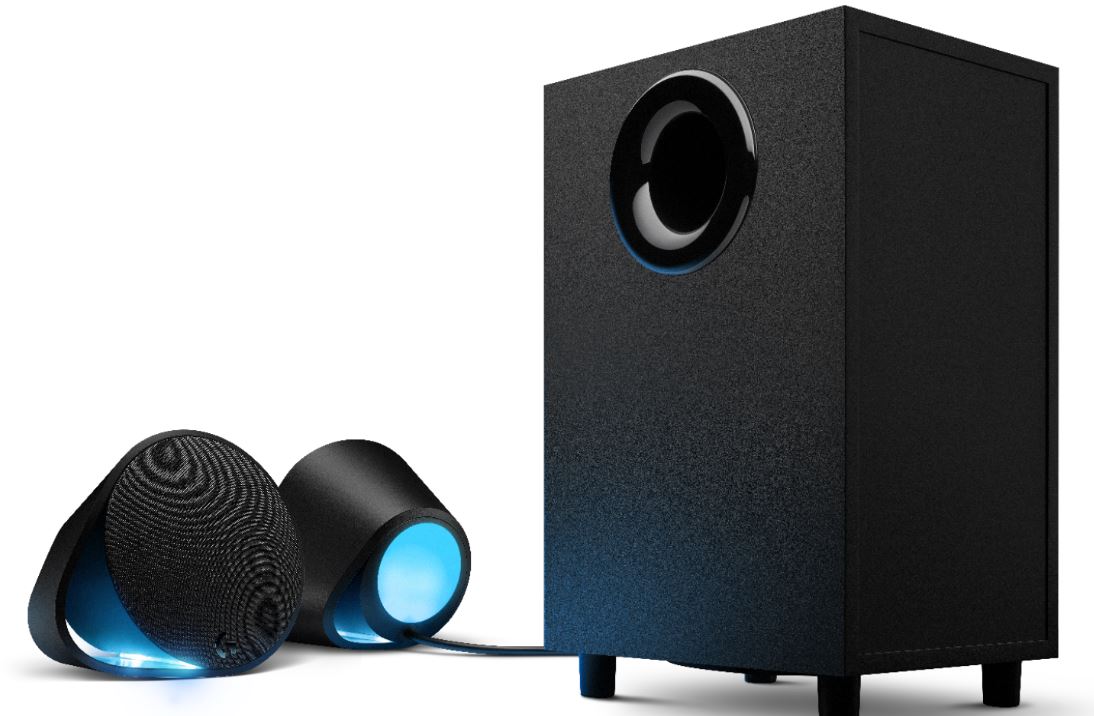Romer-G Goes Linear: Logitech’s Latest Mechanical Keyboard Switches
For years, Logitech has relied heavily on its Omron-built Romer-G switches for its mechanical keyboard lineup, and it’s adding a new member to the family--a linear switch. That alters the nomenclature a bit; the older version, which is a lightly tactile switch, will now be known as “Romer-G Tactile,” and the new one will be “Romer-G Linear.”
It’s a mite curious that Logitech opted to create a linear switch given how light the tactility is on the pre-existing Romer-G Tactile. If you compare the force curves of the old and new Romer-G switches that are provided in Logitech’s marketing materials, they look quite different. They show that there’s a big tactile bump in the pretravel of the Romer-G Tactile switches, at 55g. However, our own measurements of the Romer-G Tactile switches conflict with that number by ~5g. We found that the tactile bump on most of the Romer-G Tactile switches we tested was closer to 50g. The tactile bump also has a rather shallow dip, so the tactility is quite minimal. Some would say they already feel a bit linear as a result.



We digress; the new Romer-G Linear switch does have a different force curve, including what looks like a lower initial force than its older brother. These will surely be incredibly light-feeling switches. Some of the basic specifications--actuation point (1.5mm) and actuation force (45g)--are the same, although the linear version does have a slightly deeper total travel (3.0 vs. 3.2mm).
Logitech did tell us that it may develop additional switch profiles in the future, so a light-but-clicky Romer-G seems likely. We would further be unsurprised to learn that the company is tinkering with unique keyboard tech such as Hall Effect or analog switches.
The Successor To The G413
The linear Romer-Gs will debut on the new Logitech G513 keyboard, which is the successor to last year’s G413. In fact, you’d be pardoned if you can’t tell them apart at first glance. Both are full size, have the same design, are made of the same aluminum materials, and sport the same colors. Both have a USB passthrough port. The “Silver” model is also a Best Buy exclusive. The G513 even comes with the same set of specially contoured replacement caps. And so on.
But there are a few key differences. One is the G513’s removable leatherette wrist rest. There’s the aforementioned new switches, although you can get a G513 with Romer-G Tactile switches, too, but the G513 has RGB lighting whereas the G413 offered red or white LEDs only (depending on the model). Of note, Logitech mentioned at one point that the price target of the G513 was under $100; but it appears they overshot it by 50 bucks. Per pricing on other keyboard product stacks we’ve examined, we’d expect the RGB markup from the $90 G413 to this model to be closer to $20. Then of course there’s the wrist rest, which adds a bit of cost. But likely most of the additional cost comes from the new software Logitech cooked up.
Lightsync
The RGB lighting is bolstered by what Logitech calls its LightSync technology, which it describes as “an intelligent RGB solution that reacts to content to deliver a dynamic lighting experience … to create and control RGB lights from any piece of content.” Basically, content--including games--can intelligently control the lighting effects, and those effects can sync across any Lightsync-enabled devices.
Get Tom's Hardware's best news and in-depth reviews, straight to your inbox.
That family of devices includes Logitech’s new speakers (yes, this announcement is a twofer), the G560. It’s a 2.1-channel system that’s tricked out with LEDs on the underside and rear of each of the two main speakers. The rear LED zone is huge and is designed to glow brightly against the wall of your office or gaming den.
They feature 120W/240W (RMS and peak, respectively) and USB, 3.5mm, and BT 4.1 connectivity. The two satellite speakers are smallish, measuring 5.8 x 6.5 x 4.6 inches (HxWxD). The system supports Windows 7/8/10 and Mac OS X (although DTS:X isn’t supported on the Macs).
The G502 mouse completes the trio of Lightsync-enabled Logitech peripherals, so you can pair it with the G513 keyboard and G560 speakers and light it all up.
The G560 speakers will ship in April for $200; the G513 will cost $150.
Seth Colaner previously served as News Director at Tom's Hardware. He covered technology news, focusing on keyboards, virtual reality, and wearables.
-
gggplaya You don't want a linear break point. You want it light, then feel a wall, once you overcome that wall you know it'll trigger, that way you can actually get used to the depth of the trigger point. You also don't want to keep pressing after the trigger point.Reply



